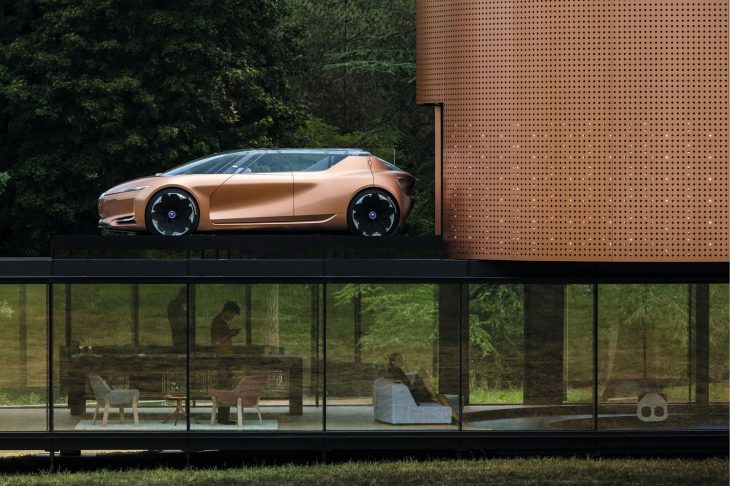
Interior designers have an exceptional eye for color schemes, textures, as well as patterns. They know exactly how to decorate every room in a house to elicit just about any mood including comfort, peace, and connection.
While interior designers can see detailed potential in an empty room without much assistance, using IoT technology can make their job significantly easier. ARCHISCENE Magazine editors are here to explain how IoT actually works:
IoT technology helps interior designers create amazing spaces
Interior designers are hired for their unique ability to creatively design living spaces. The top designers make use of all available technology that will benefit their clients. Sometimes the benefits are both functional and aesthetic. For example, a designer might suggest to a client to install smart glass windows to limit the need to use drapes, curtains, or blinds.
While most smart glass windows require human input to control, some smart glass windows automatically change from clear to dark when exposed to electrical currents from the sun. In either case, the tint of the window is controllable through a remote control or a smartphone app.
Knowing the high-tech options available to clients with an appropriate budget helps interior designers create spaces to their highest potential.
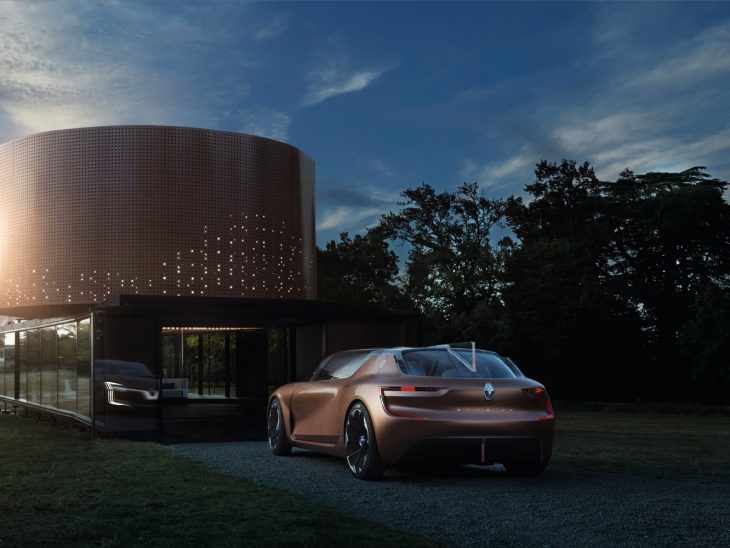
IoT technology can help interior designers grow their business
Every business benefits from IoT technology. In addition to incorporating connected devices into clients’ homes, interior designers can use IoT tech to run their business. For example, cloud computing is quickly becoming the standard for all server-based needs including hosting websites, building corporate networks, and delivering software programs.
An interior designer might not realize how the cloud can help grow their business. Although utilizing IoT and the connected world usually begins with moving to the cloud, the business applications of IoT are vast.
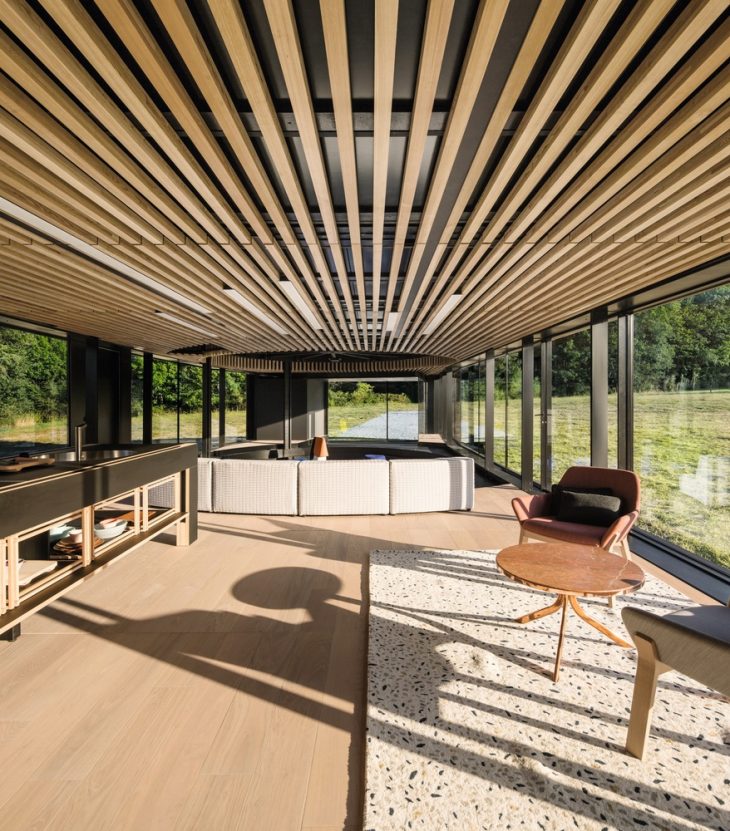
For interior designers who want to retire someday, growing, scaling, and expanding their business is always on their mind. If this sounds familiar, but you’re not sure how to leverage IoT, start with some self-education. Take an online course to learn about the Internet of Things and business tech to understand how IoT can improve your business strategies and move you closer to your goal.
With a little education, IoT can help you completely transform your business for the better, including the customer experience, your operations, and even your business models.
IoT technology helps visualize the use of space
People who want to redecorate can use 3D design software to see what certain pieces of furniture (and décor) will look like in their home. After uploading a few photos of each room, users can place different objects in a virtual version of their house, swap things around, and get an idea of what’s possible.
Interior designers can use these applications to visualize aspects of their job that are harder to see in their mind. If the technology exists, there’s nothing wrong with putting it to good use.
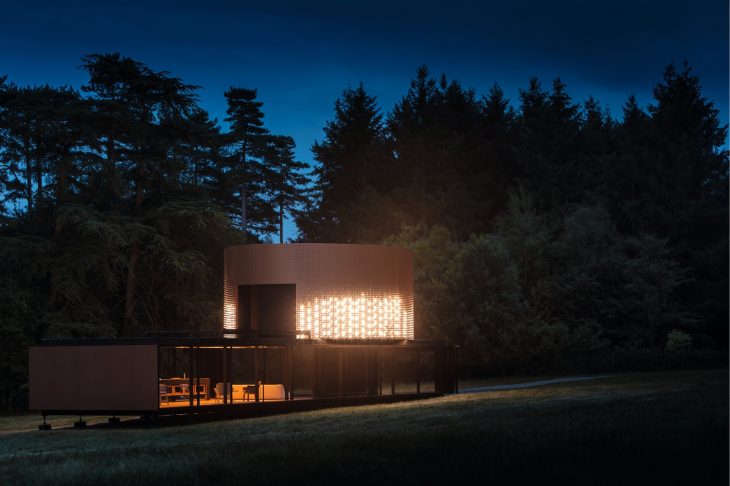
IoT tech saves design clients money
Hiring a reputable, talented interior designer isn’t cheap. Clients on a strict budget are always happy to save every dollar they can. Even so, some expensive smart home appliances and devices are appealing because they’ll save the client money in the long run. For example, smart windows and smart thermostats lower heating and cooling costs.
Smart solar panels are another form of technology with a high installation cost upfront that saves money in the long term. The only downside to solar power is that generating energy is a “use it or lose it” process. Solar panels generate electricity but don’t store it for later use. Excess energy is either wasted or sent back to the grid.
At night and on cloudy days, it’s hard, if not impossible to generate solar energy in some areas. However, with a storage battery, a homeowner can store excess electricity for later use without having to waste it or send it back to the grid.
Currently, the most popular smart solar system on the market is the SmartFlower unit. SmartFlower installs right in the ground and tracks the sun as it moves. The panels are also self-cleaning and the upgraded version of the SmartFlower comes with a storage battery.
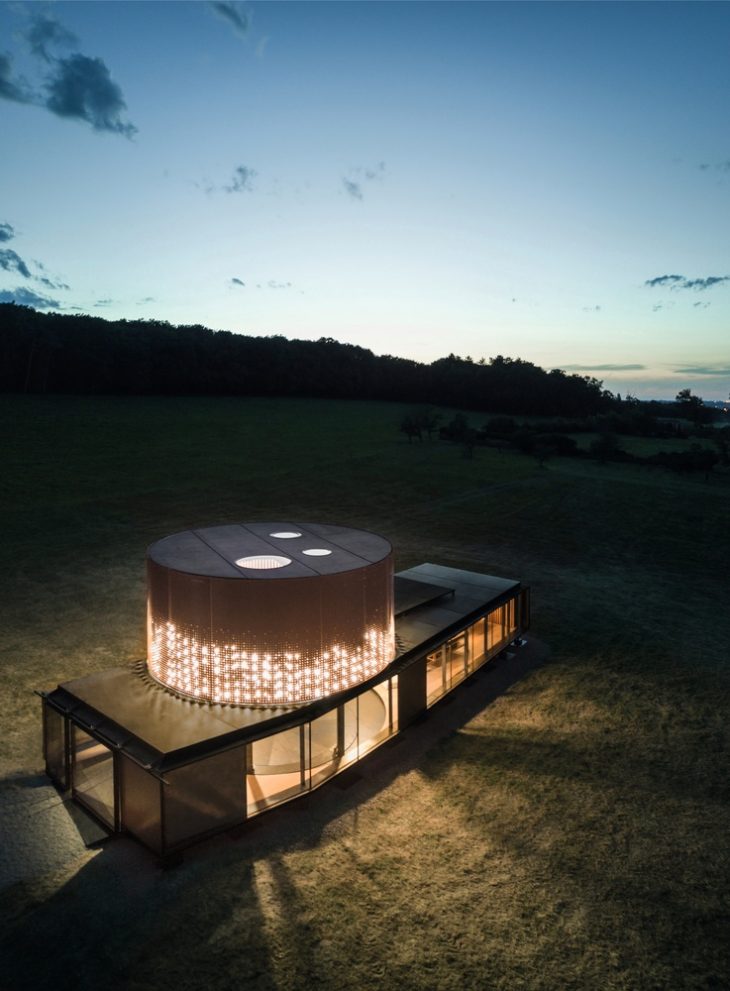
IoT tech makes life easier
Survey data shows that consumers want to add smart appliances and control systems to their homes. Interior designers are in a unique position to make people aware of these appliances and help with installation locations.
People who hire interior designers want good-looking homes, but they also want functionality. If you can make life easier for your clients, that’s a bonus.
All images are featuring the striking project of the Renault Symbioz Smart Home designed by Marchi architects – find more of the project on ARCHISCENE.



